Mingde Strategic Dialogue
Your Present Location: Trending> Mingde Strategic DialoguePiecing together China's high-quality development: Applying new development philosophy to suit local conditions
Piecing together China's high-quality development: Applying new development philosophy to suit local conditions
Source: CGTN
Author: Xu Tianqi
Update: Oct 16, 2025, 2:59 PM
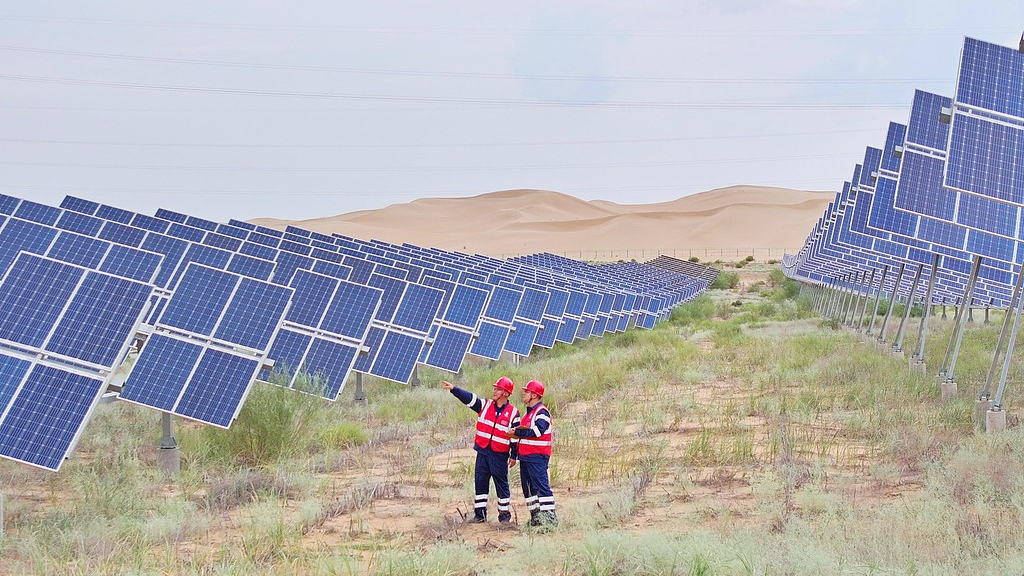
Desert solar power plants enabling green development in Ordos, north China's Inner Mongolia Autonomous Region, August 13, 2025. /VCG
Editor's notes: Xu Tianqi is an associate research fellow of the Chongyang Institute for Financial Studies at Renmin University of China. The article reflects the author's opinion and not necessarily the views of CGTN.
China's "new development philosophy," introduced a decade ago, encompasses innovation, coordination, green development, openness, and sharing. Over the past decade, from cities to rural areas, from coastal regions to inland provinces, from computing hubs to chip parks, from zero-carbon buildings to oases in the desert, from free trade ports to inland ports — regions across China have drawn upon their unique circumstances to implement the new development philosophy through a series of "regional high-quality development practices." These efforts have collectively woven a vibrant, dynamic new picture of China's economy.
Innovation: From "catching up" to "leading the way"
Over the past decade, innovation has taken the lead in the new development philosophy, becoming the primary driving force behind China's high-quality development. Shanghai's Zhangjiang Science City operates a closed-loop "testing-incubation-investment" system for the semiconductor industry. Shenzhen's Guangming Science City houses the world's largest synthetic biology research facility, attracting 40 percent of China's newly established synthetic biology enterprises within three years.
Hefei, Anhui, has focused on quantum information, fusion energy, and deep space exploration — achieving breakthroughs like the "Mozi" quantum communication satellite and the "Jiuzhang" quantum computer — striving to produce more original "Zero to One" innovations. Innovation is not exclusive to cities. Counties and rural areas are advancing in parallel. Drone crop protection is widely adopted. In Qingzhou, Shandong, digital greenhouses with sensors are applied to boost vegetable yield, quality, and prices by 15 percent to 20 percent, decreasing water usage per Chinese Mu (0.0667 hectares) by 40 percent, while increasing output by 30 percent, giving traditional agriculture a digital boost.
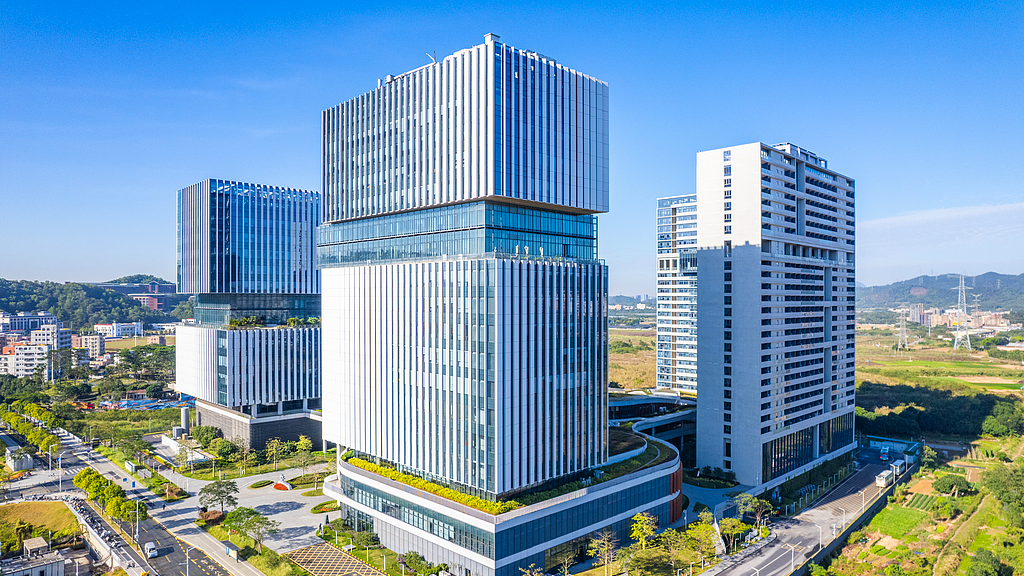
The Shenzhen Guangming Science City, November 30, 2024. /VCG
Coordination: Transforming "gradient differences" into "gradient forces"
Coordinated development has broken the old pattern of "rapid growth in the east, slow progress in the west; strong cities, weak countryside" economy situation in China. At both the national and provincial levels, fostering symbiotic growth is now highly applied. For example, wind and solar power from the western frontier regions like Xinjiang and Inner Mongolia are transmitted to the eastern region in China via ultra-high voltage grids. The Yangtze River Delta integration plans have extended traditional coastal economic zones into northern Jiangsu and Anhui, with Anhui, Jiangsu, Zhejiang, Shanghai having jointly established two batches of 24 Yangtze River Delta innovation consortia, significantly enhancing regional synergy.
Green: From "environmental costs" to "green dividends"
The new development philosophy has been making "lucid waters and lush mountains" into tangible "mountains of gold and silver." In Qingdao, Shandong, zero-carbon industrial parks and ultra-low-carbon buildings have been built. In Ordos, Inner Mongolia, and Hainanzhou, Qinghai, projects integrating solar panels with agriculture and aquaculture are thriving, turning over 6,000 square kilometers of Kubuqi Desert into a verdant landscape.
Openness: From massive imports and exports to quality imports and exports
The Hainan Free Trade Port will officially launch on December 18, 2025, pioneering a system of "zero tariffs, low tax rates, and simplified taxation," to enable global high-quality factors to gather and circulate more freely and conveniently. China's western regions are also riding the wave of opening up. In Wuqia, Xinjiang, container trucks cross the border day and night at the ports of Irkeshtam and Torugart. From 2022 to 2024, the volume of goods cleared through customs rose to 3.34 million tons, with an average annual growth rate of 67 percent. In the first half of 2025, the number hit a new high, and the annual total is expected to exceed 5 million tonnes.
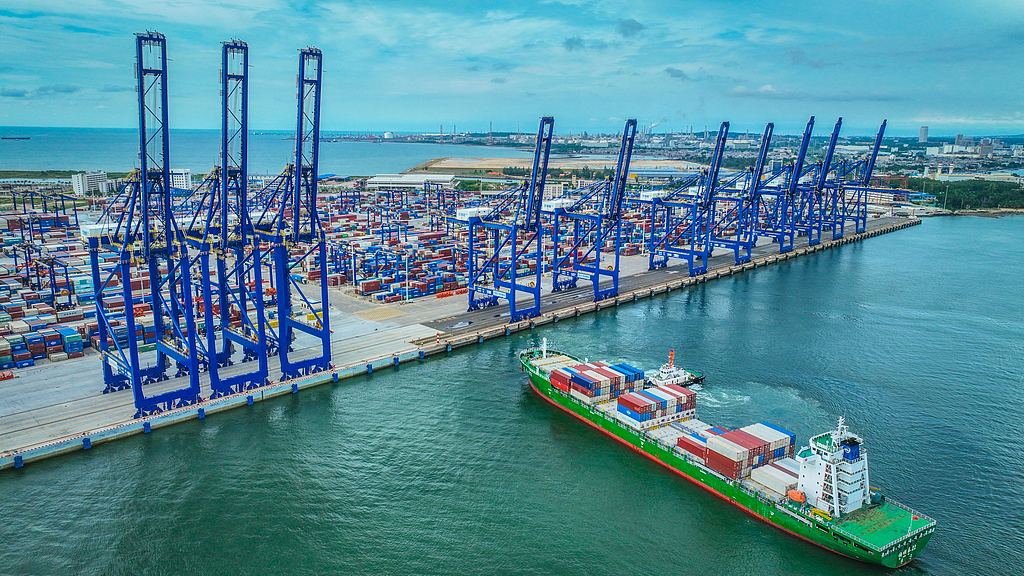
Yangpu International Container Terminal in Hainan Province, September 25, 2025. /VCG
Sharing: Letting more people ride the express train of high-quality development
The concept of sharing addresses the question of "development for whom?" Zhejiang has continuously advanced initiatives like the "Ten Million Project" and "Mountain-Sea Collaboration," leveraging developed regions to drive underdeveloped areas and build livable, tourist-friendly future villages, achieving shared development. In Zhejiang, the income ratio between urban and rural residents has narrowed to 1.56, leading the nation. The medical reform in Fujian's Sanming, with its "three-sector linkage" approach, has covered grassroots levels over the past decade, reducing average drug prices in village clinics by 46 percent and raising the average life expectancy to 79.6 years.
A decade of perseverance has seen the new development philosophy guide practical action. The 20th CPC National Congress established the important goal of achieving Chinese modernization, with academia and think tanks also contributing their expertise. Renmin University of China is hosting the Mingde Strategic Dialogue (2025) themed "Chinese modernization: New drivers of globalization," inviting nearly 20 prominent strategic and academic representatives from the US, Europe, Russia, and other countries to China. Together, they witnessed the achievements of Chinese modernization and offered insights for China's further high-quality development.
Standing at a new historical starting point, regions across the country will continue to prioritize technological innovation, coordinate efforts to resolve imbalances, embrace green solutions for sustainability, expand development space through openness, and unite the people through shared prosperity. Together, they will meticulously assemble the vibrant mosaic of China's high-quality development, striding confidently along the path of Chinese modernization.
Key Words: China, Mingde, Development







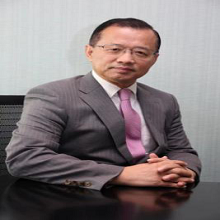

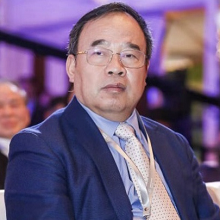

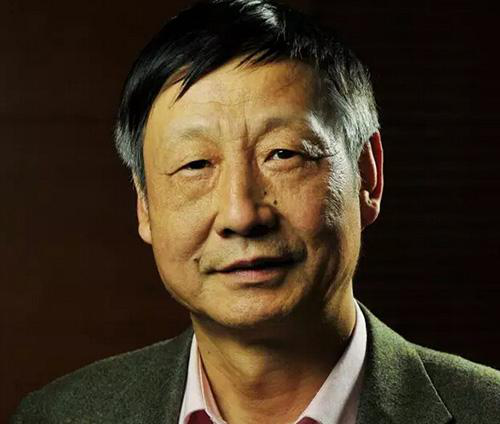
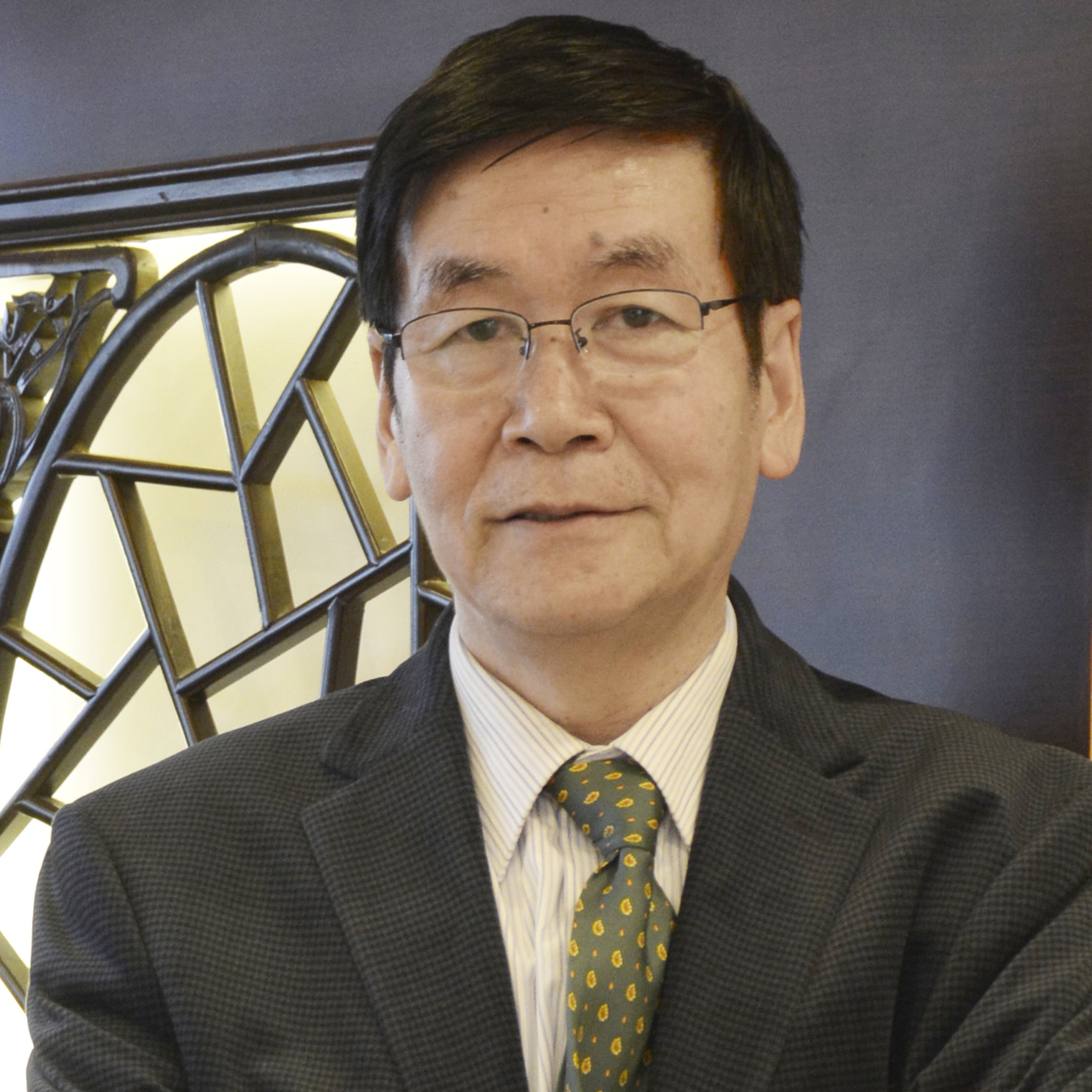


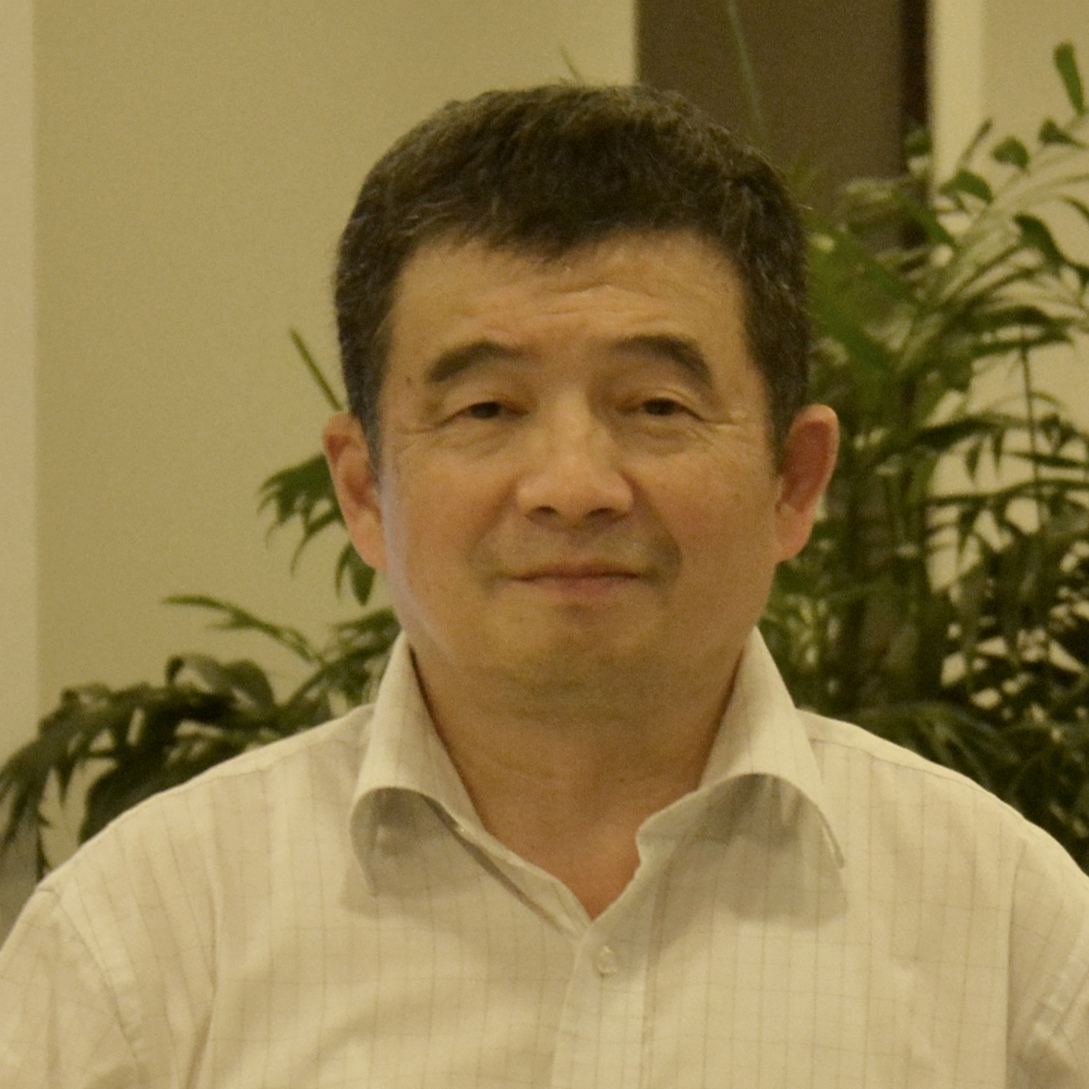
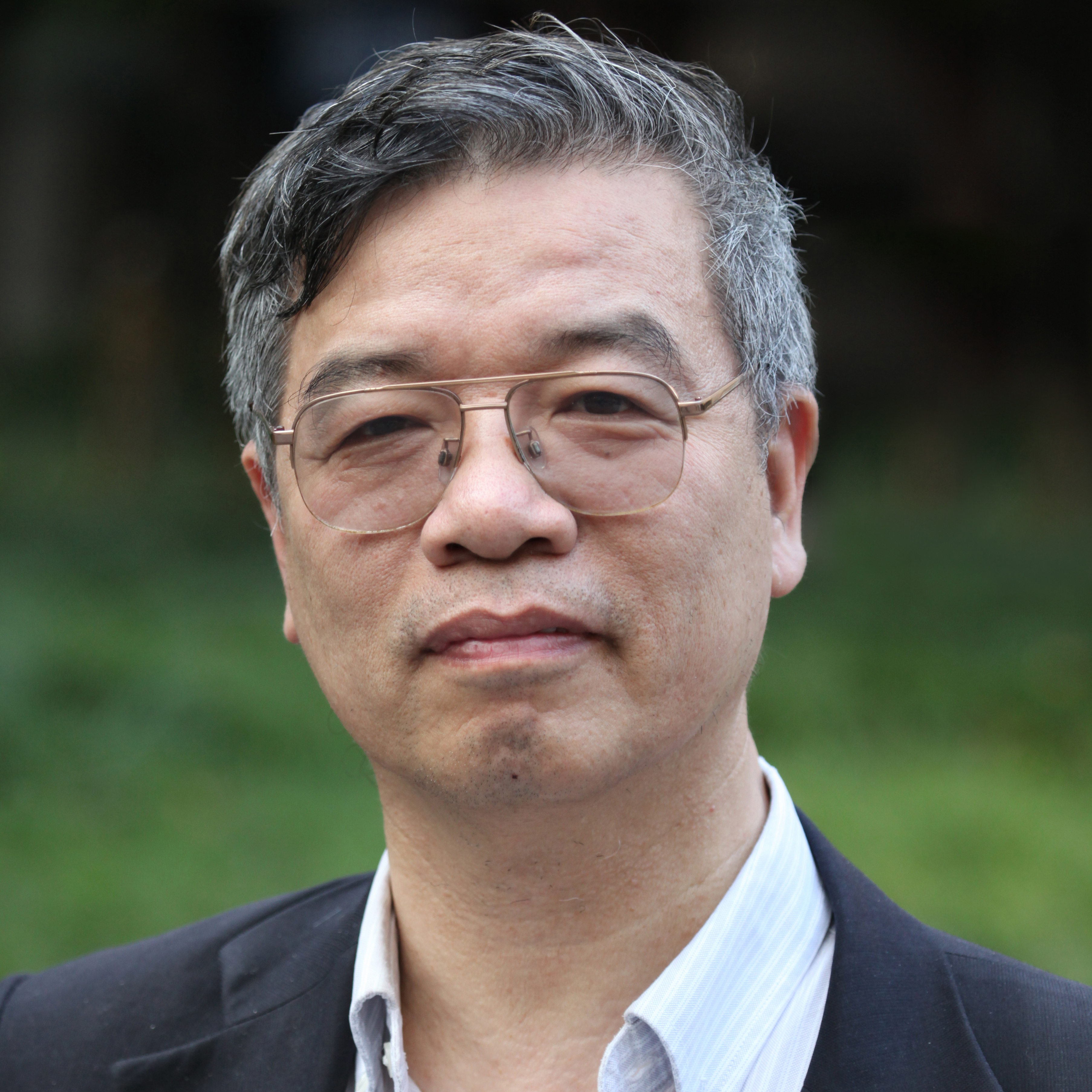
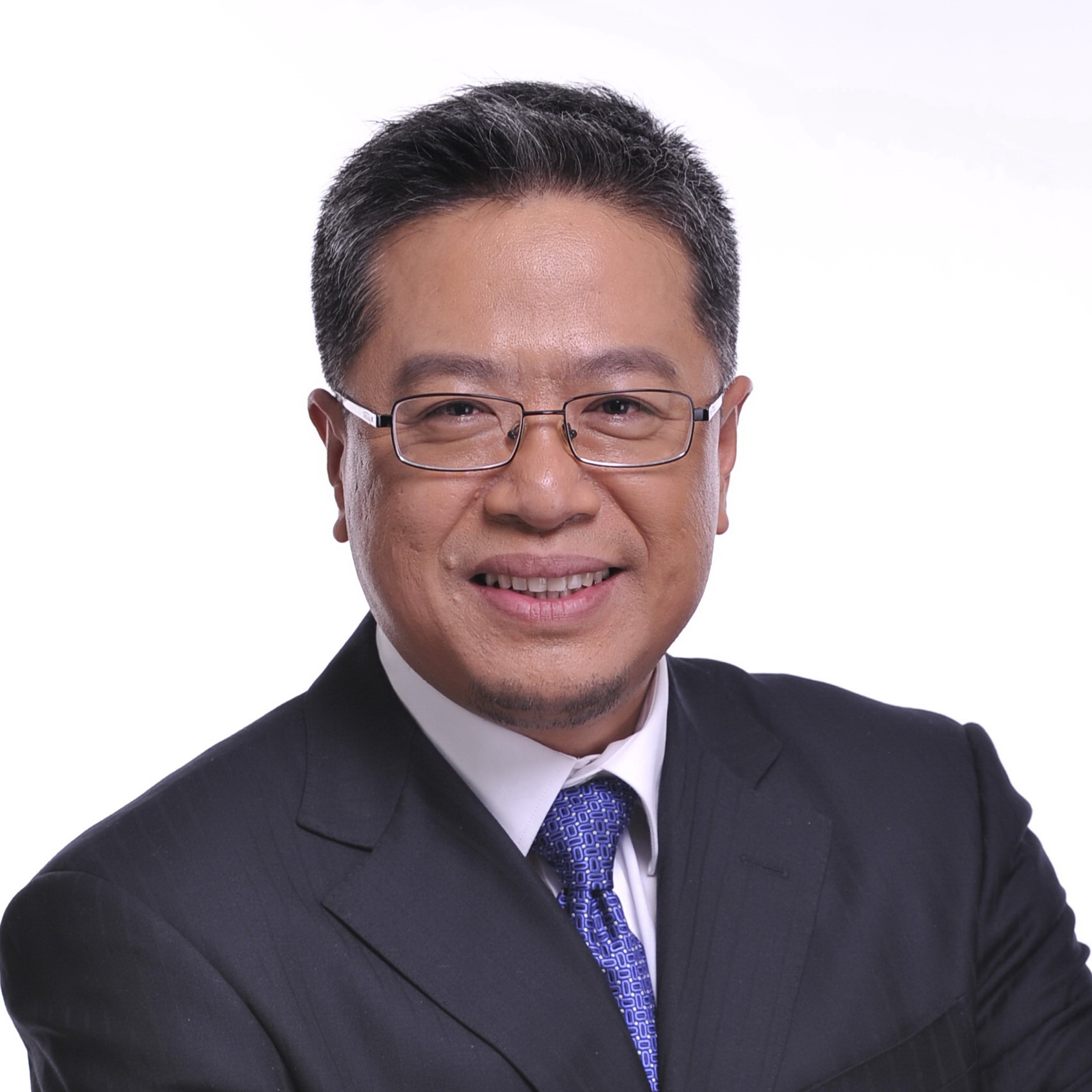



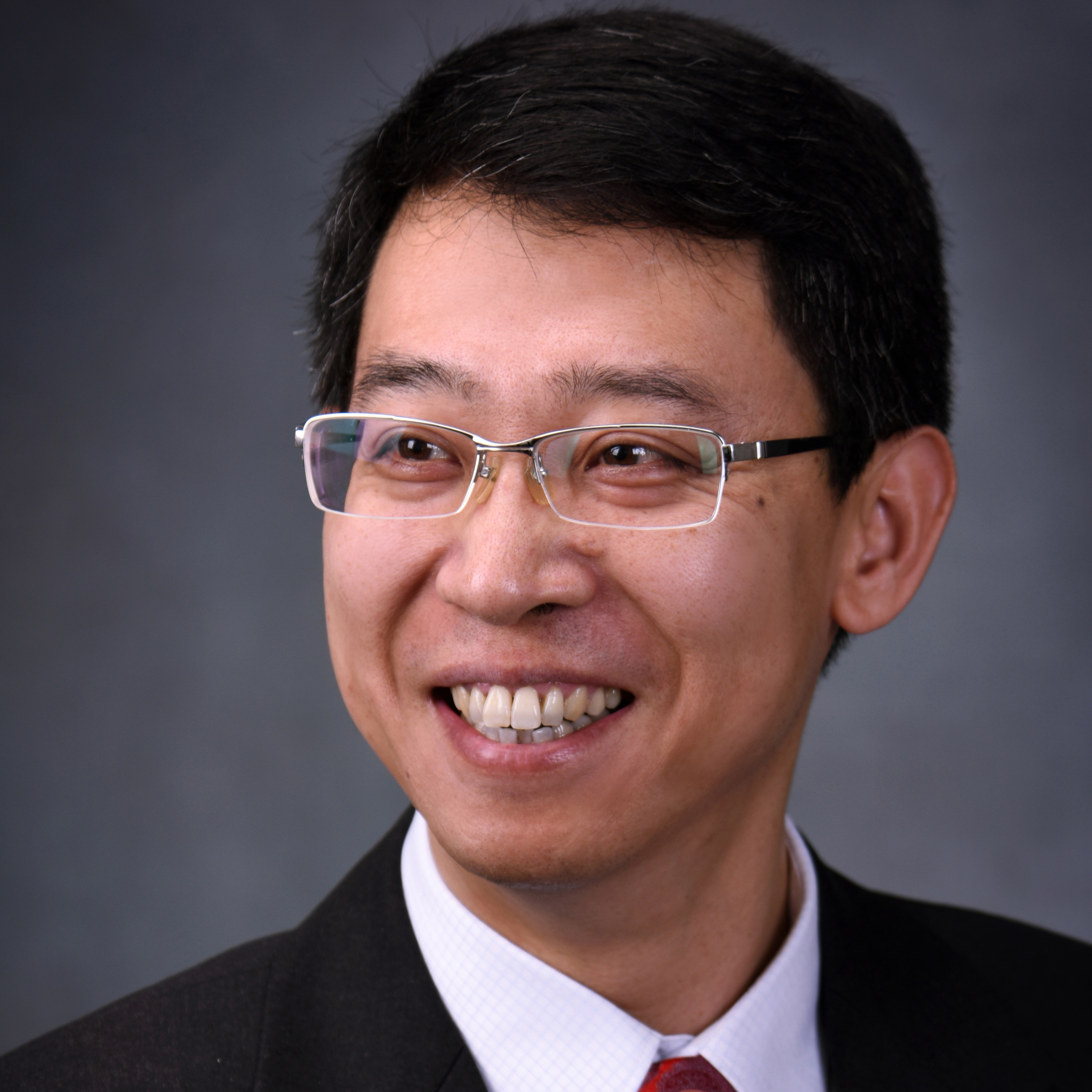


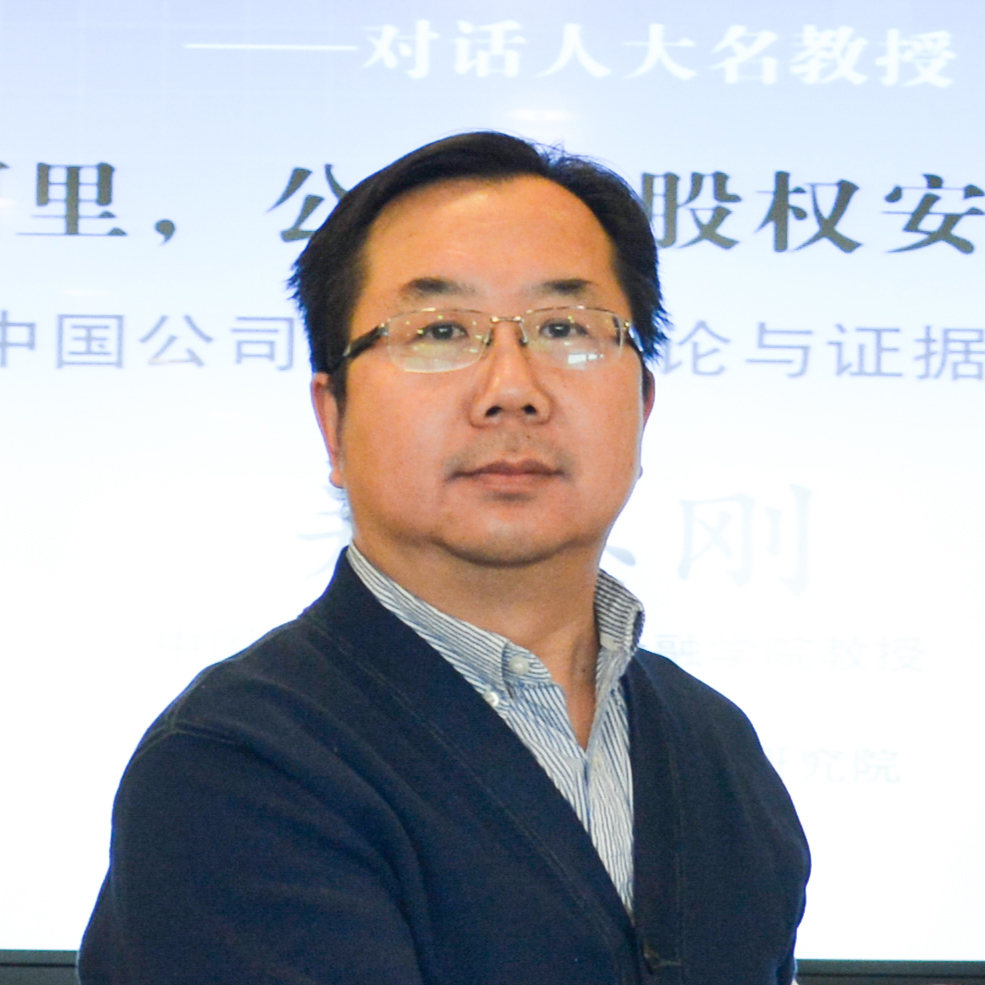


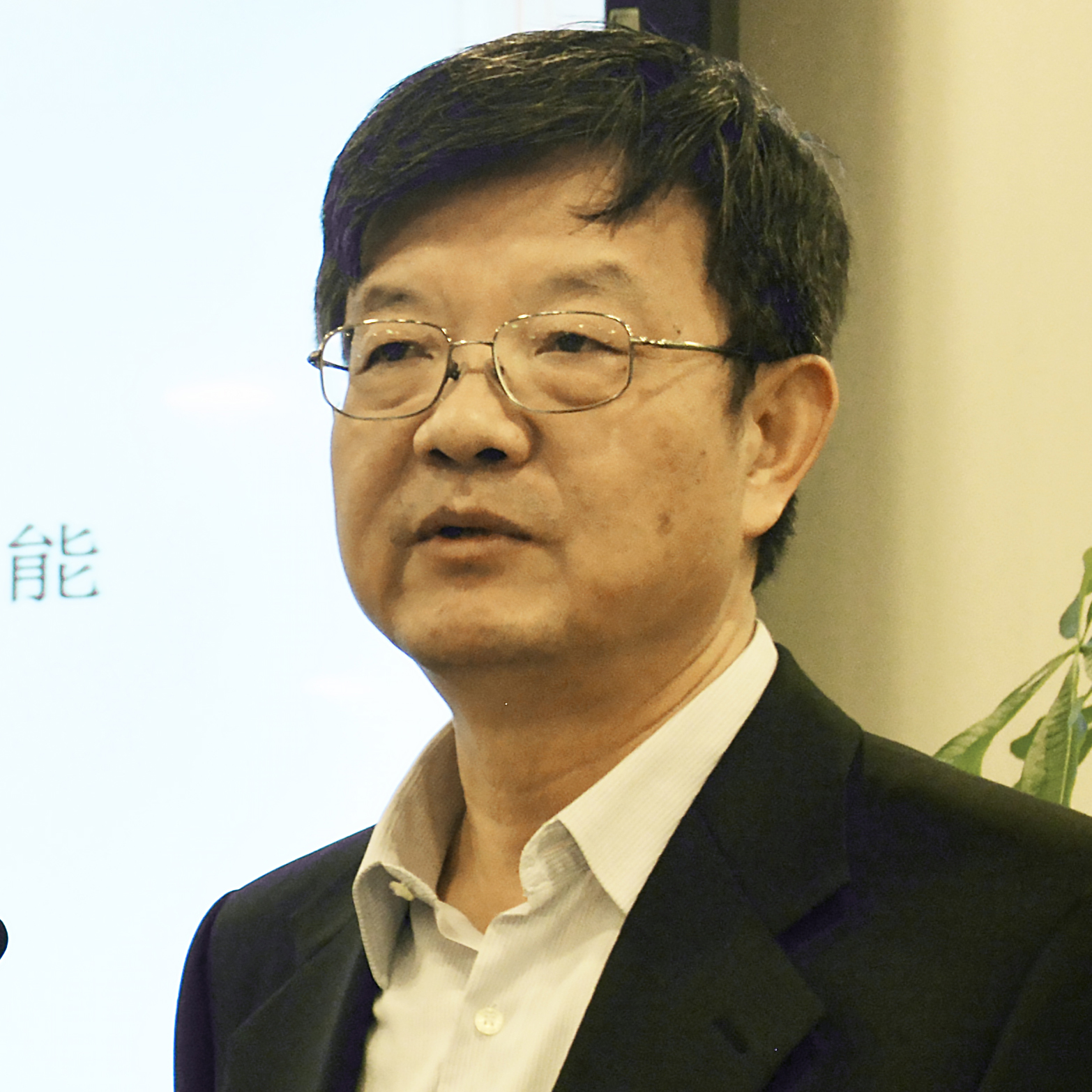
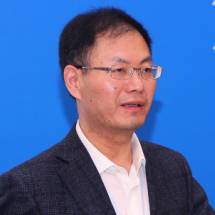

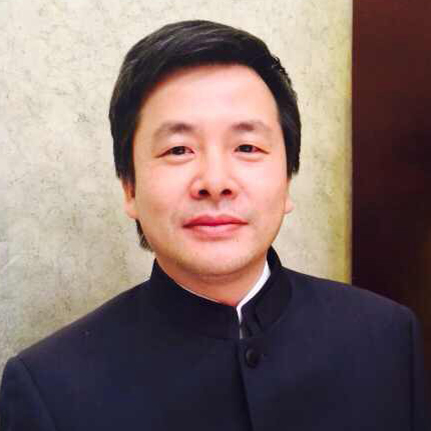
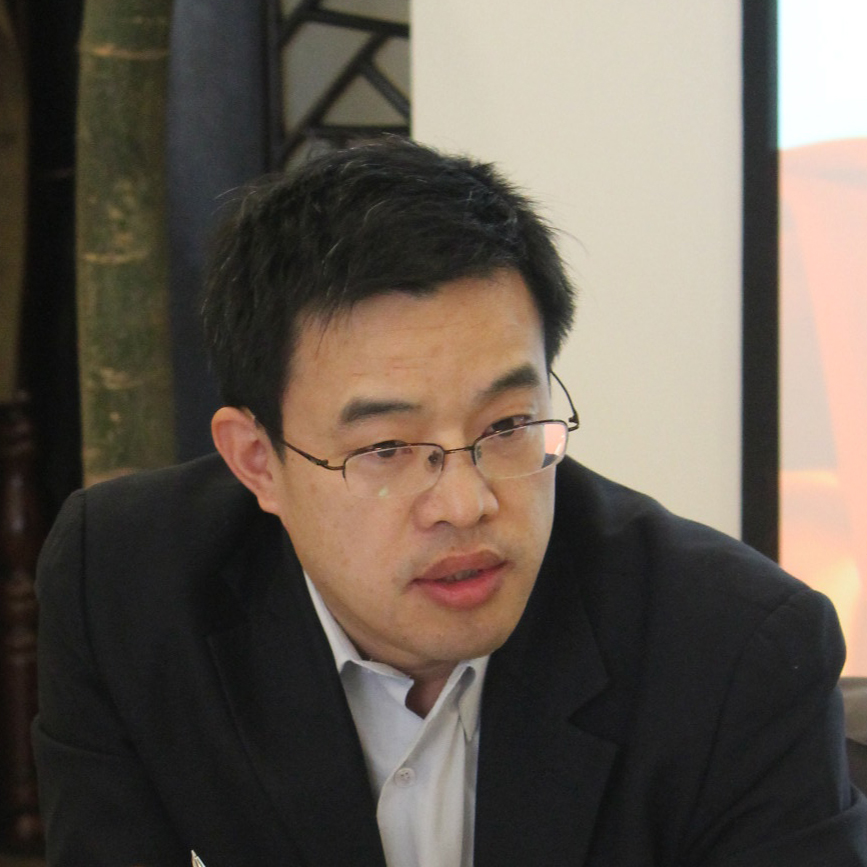

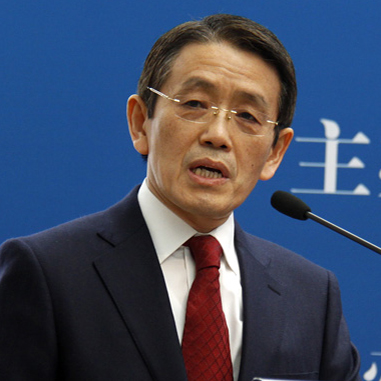
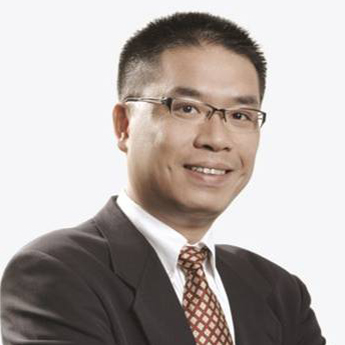
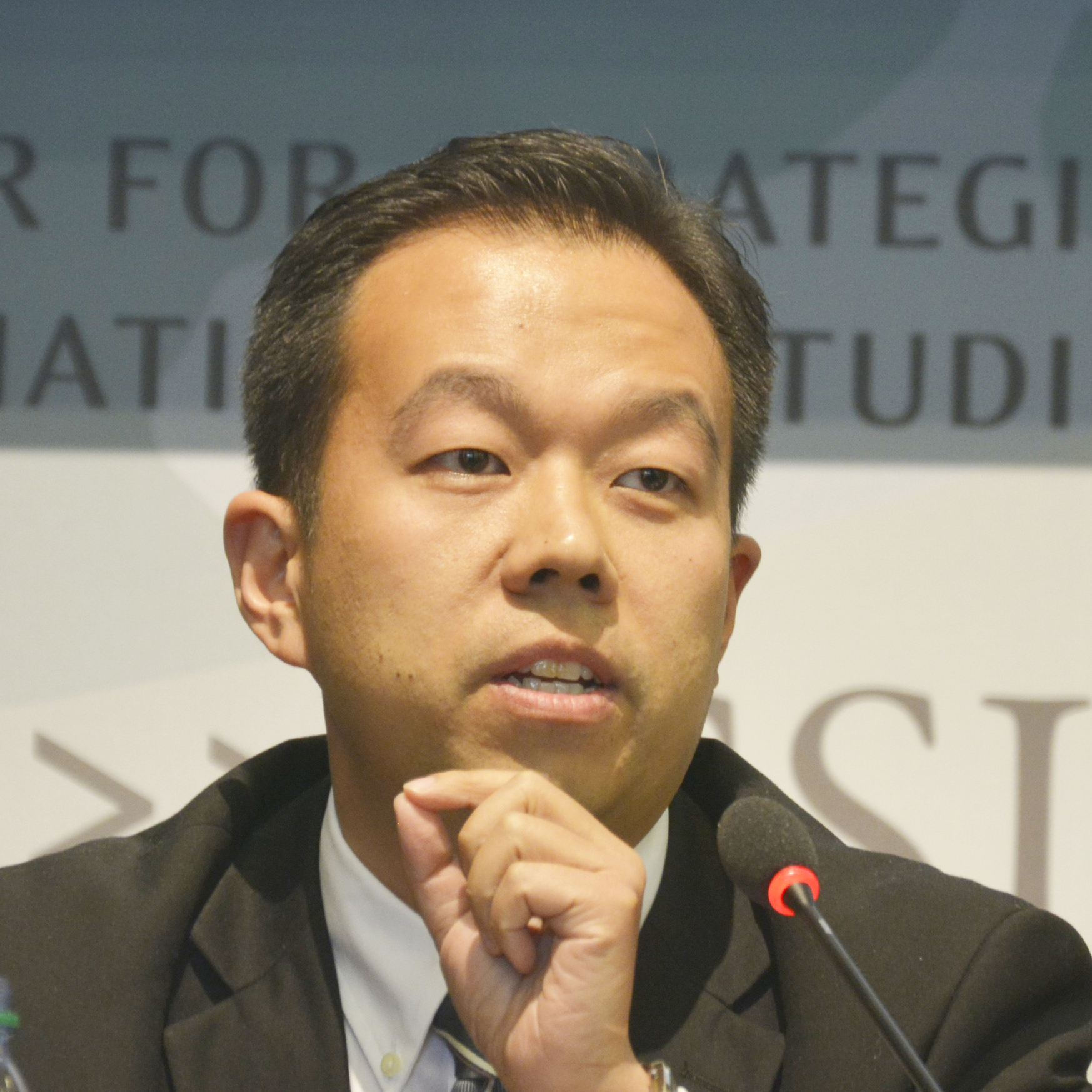
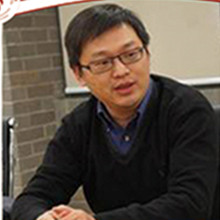

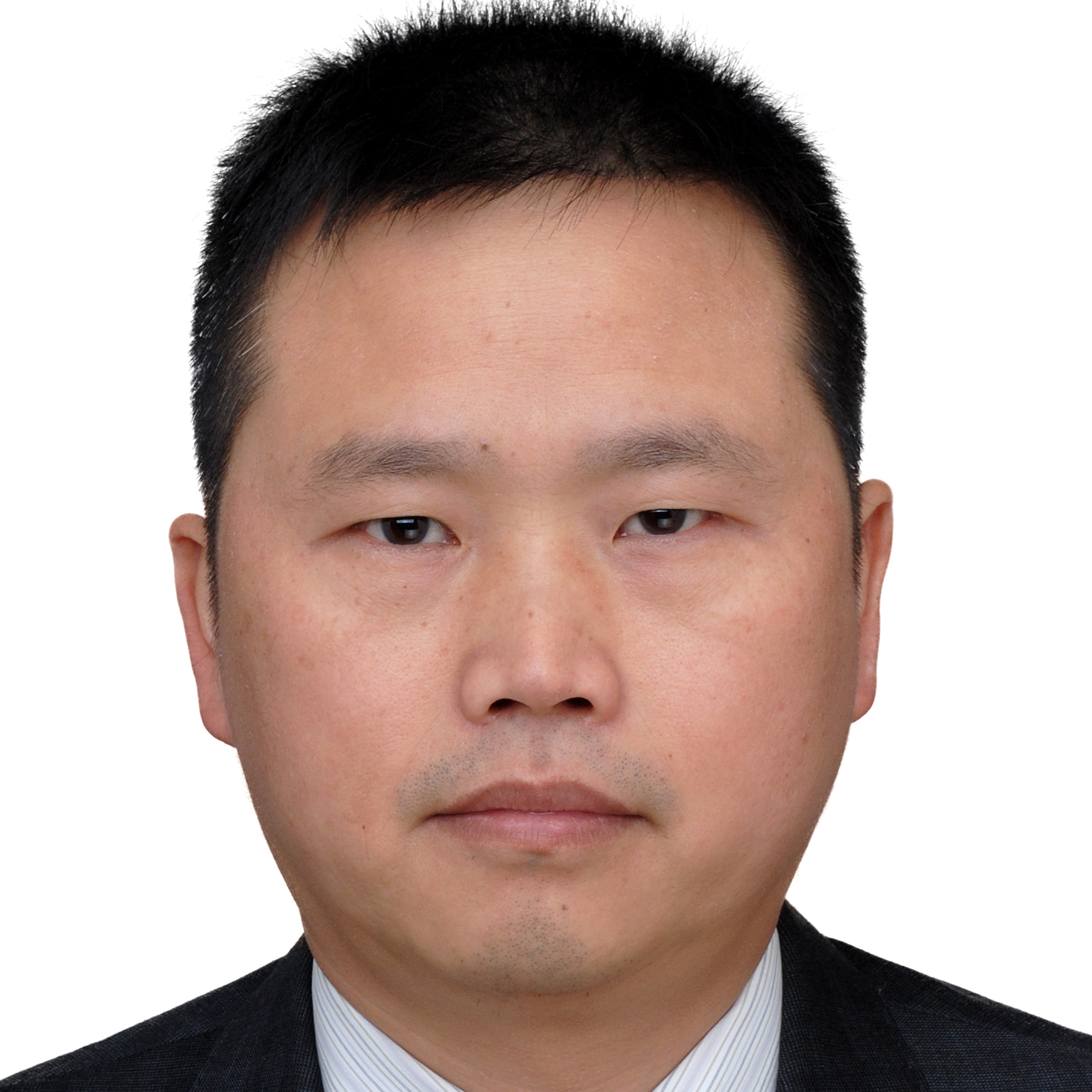
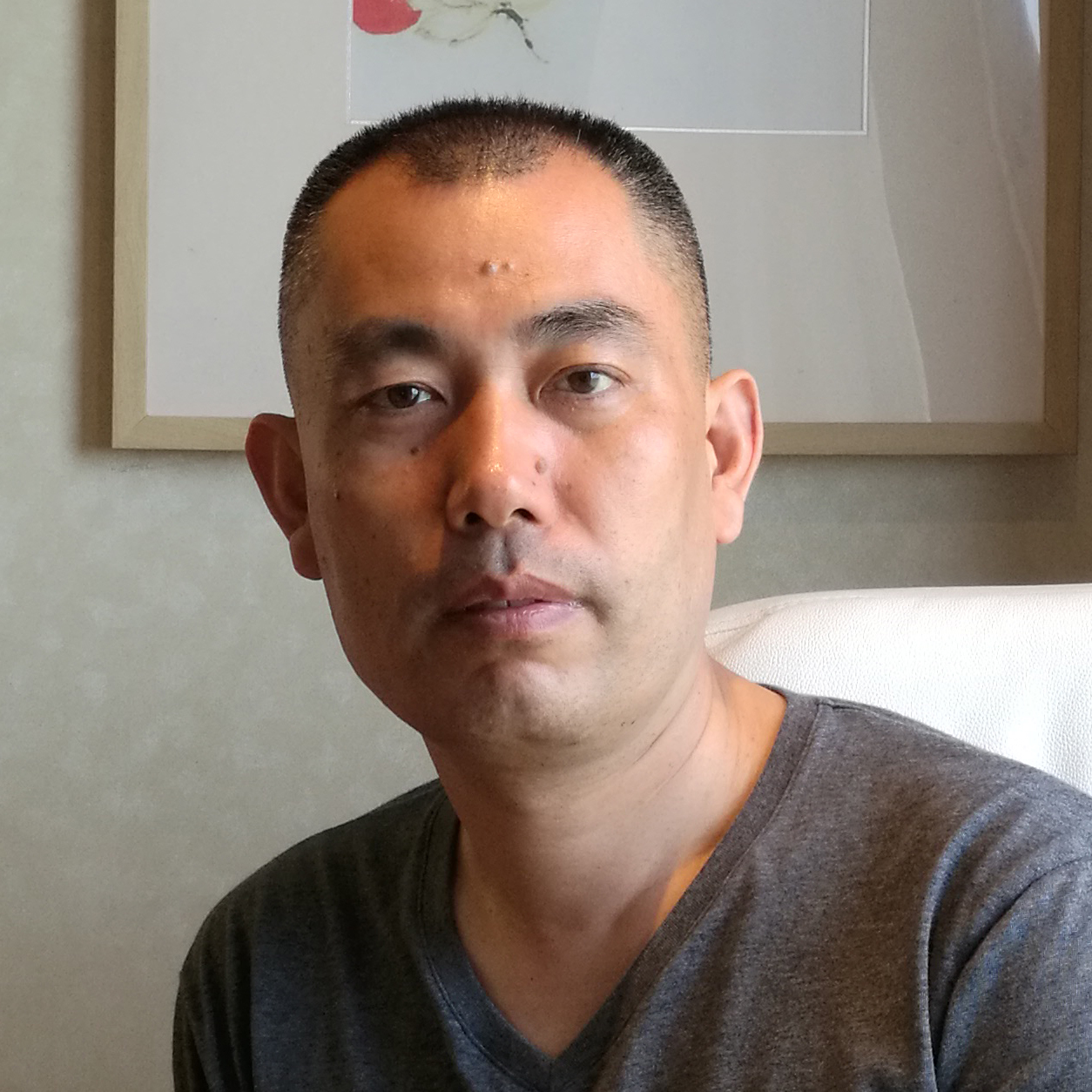
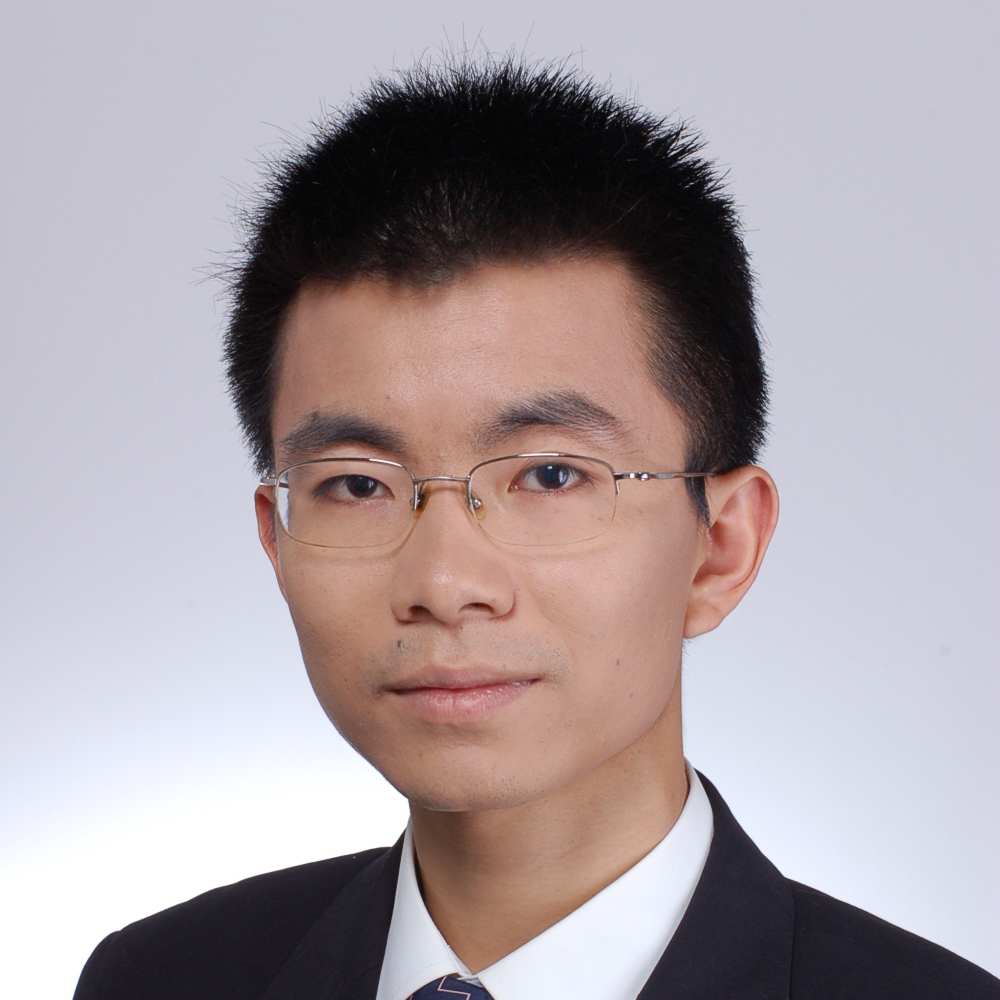
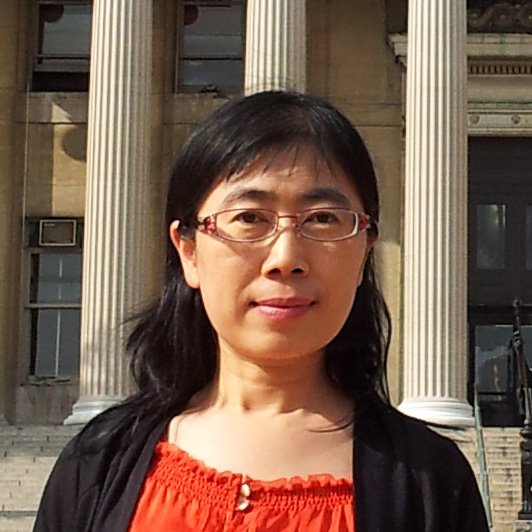
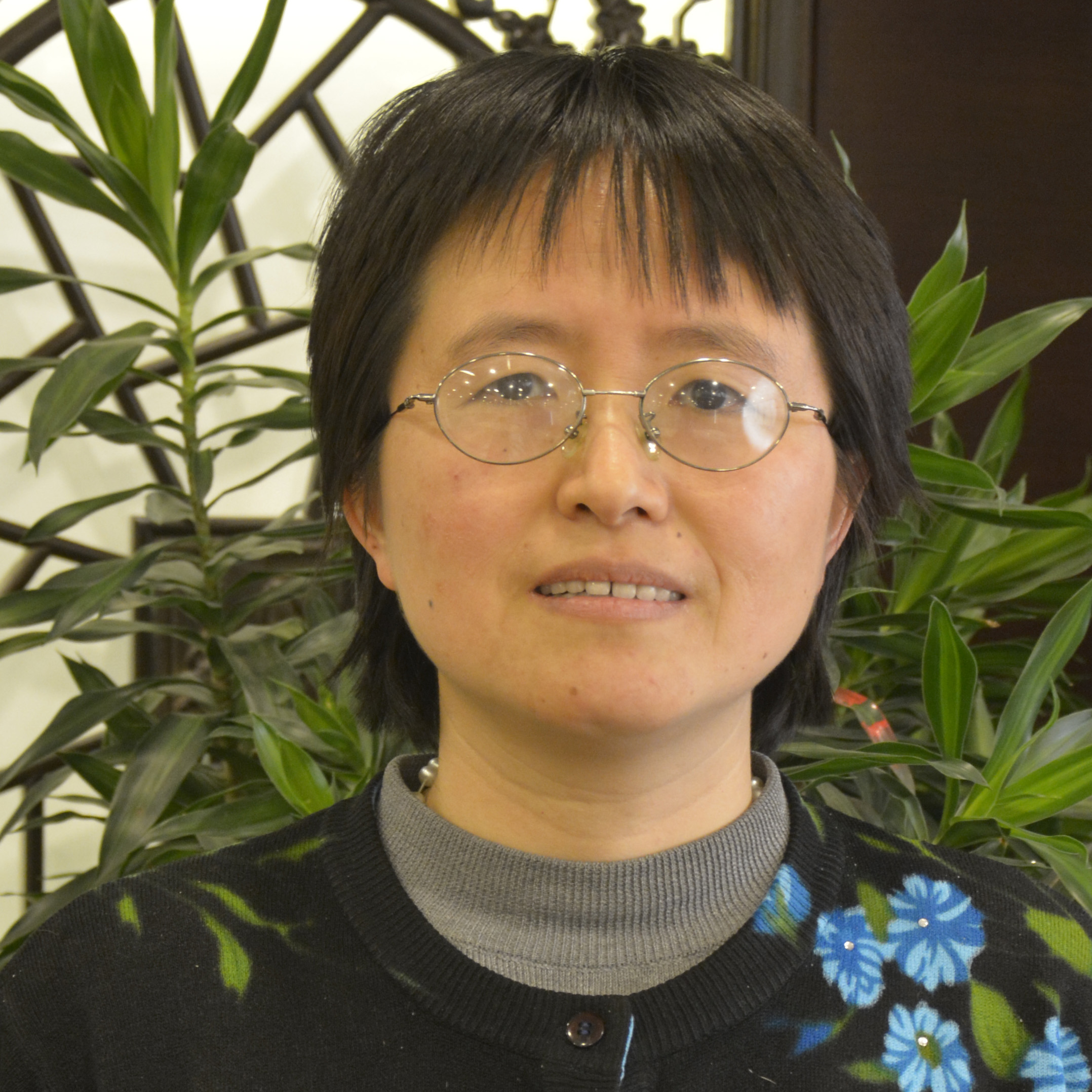



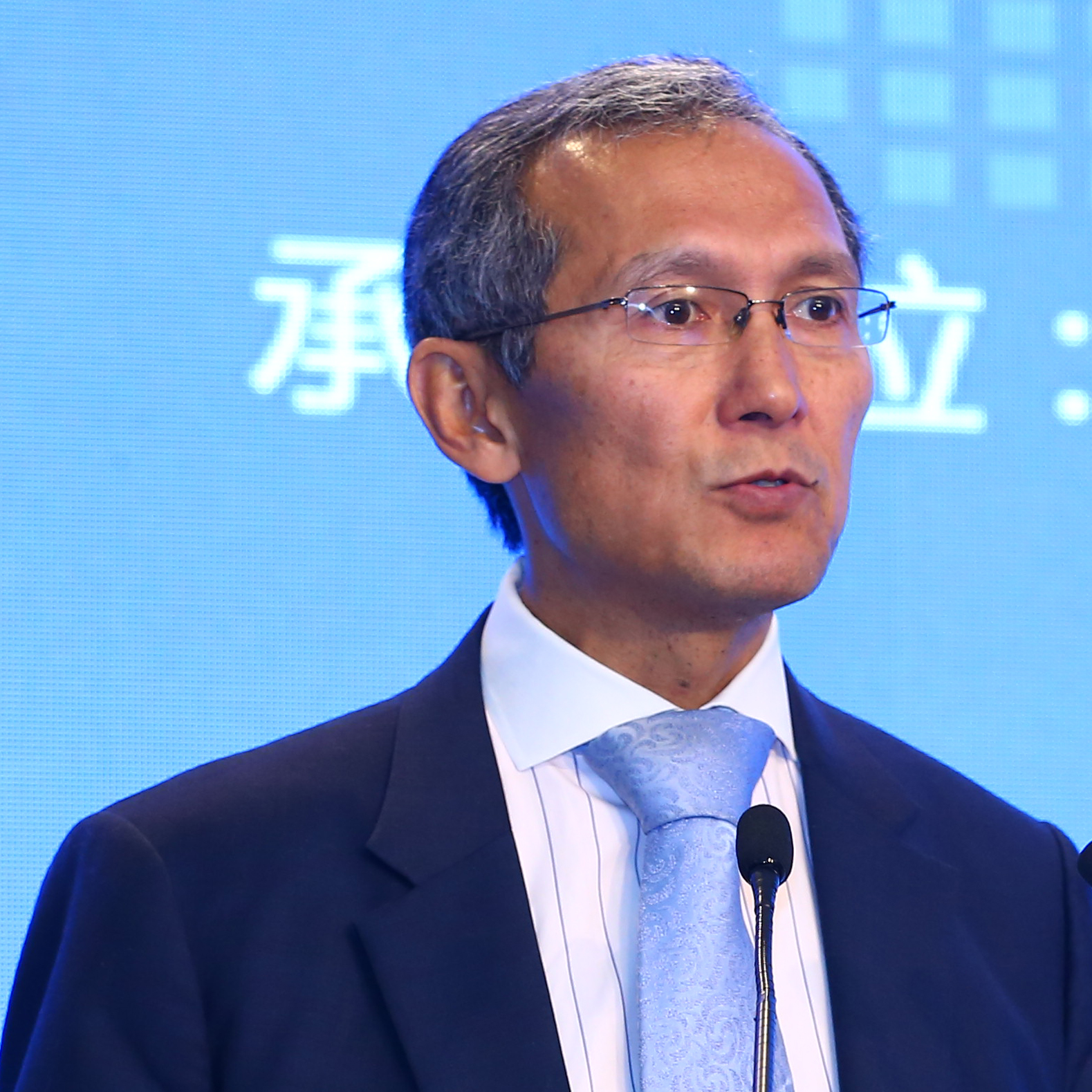
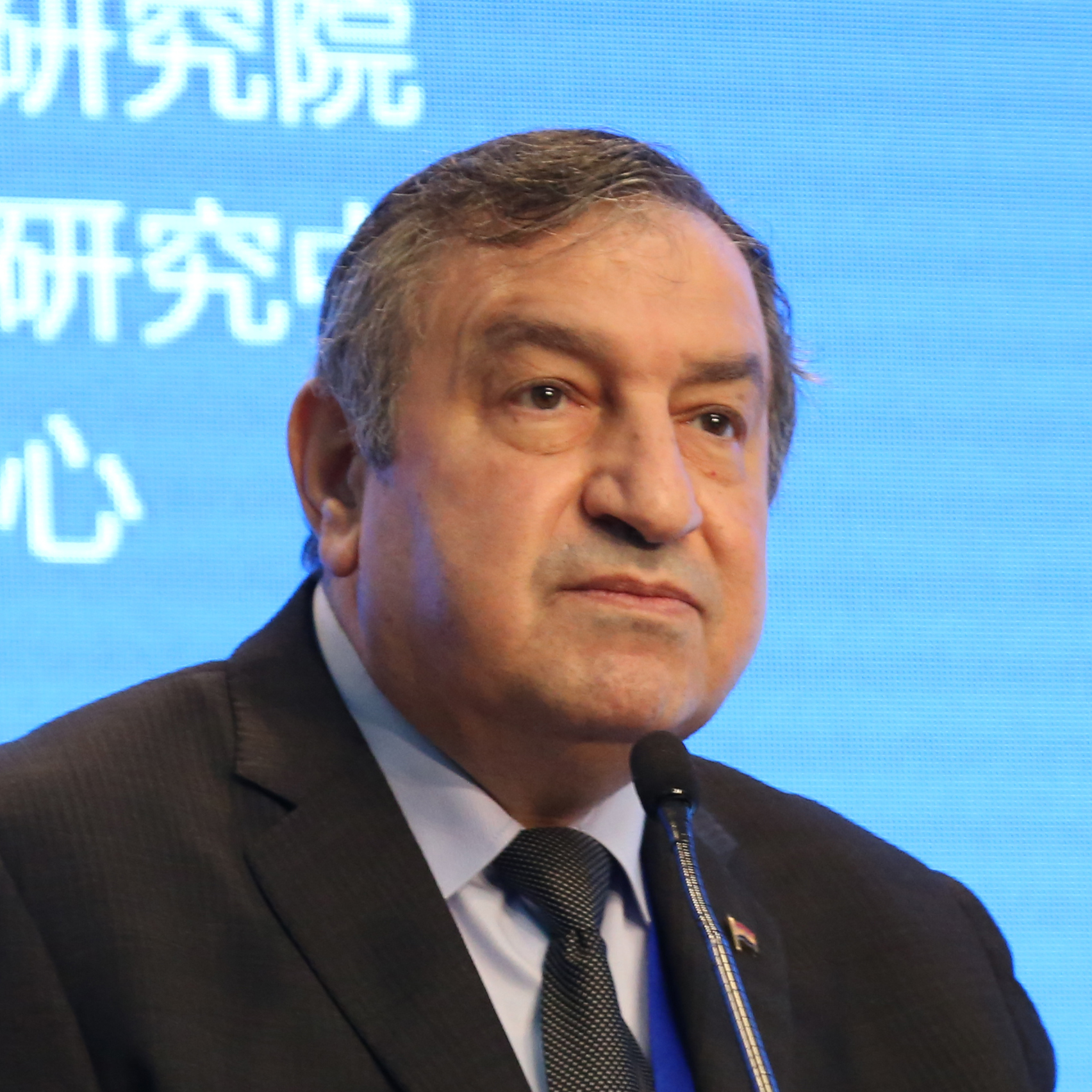

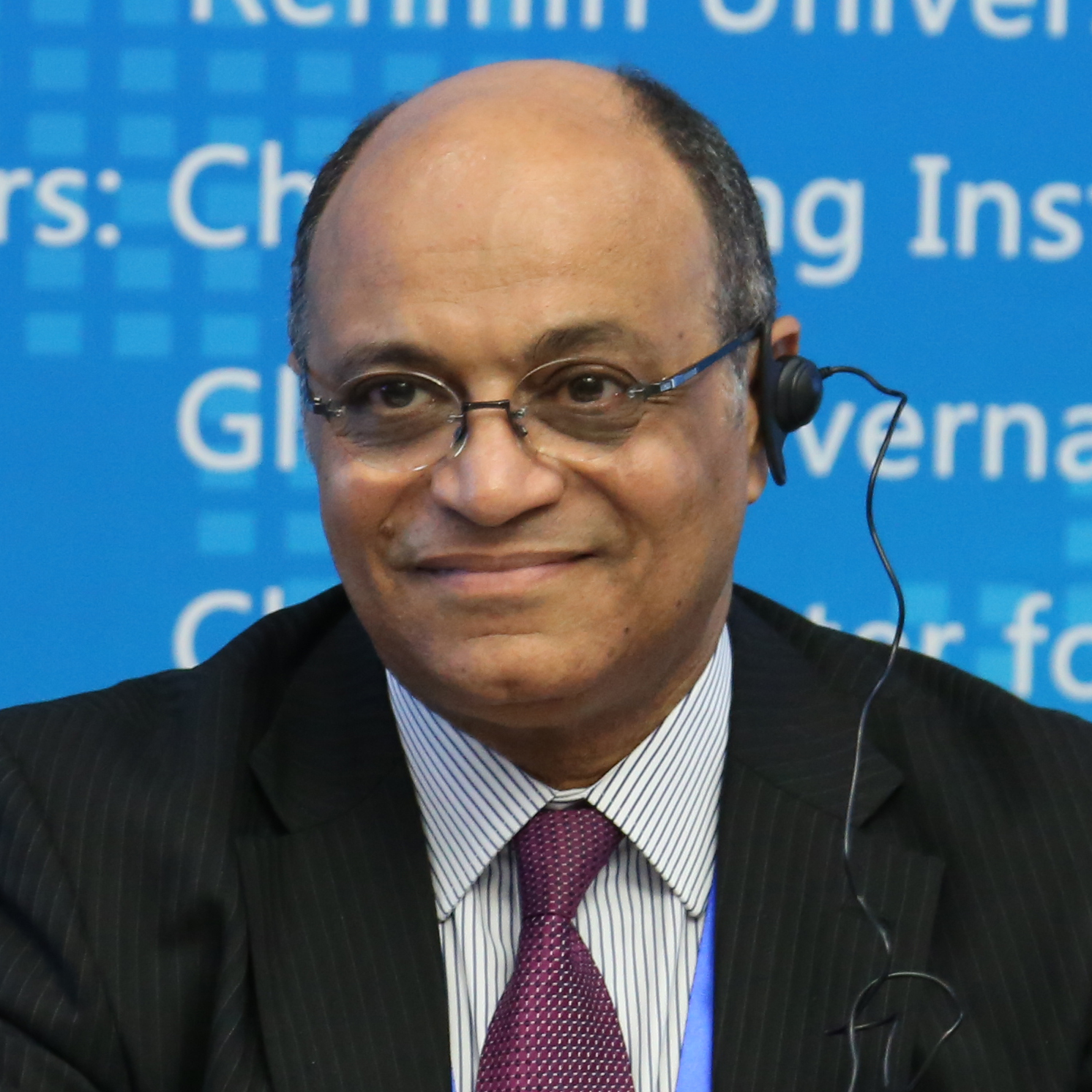
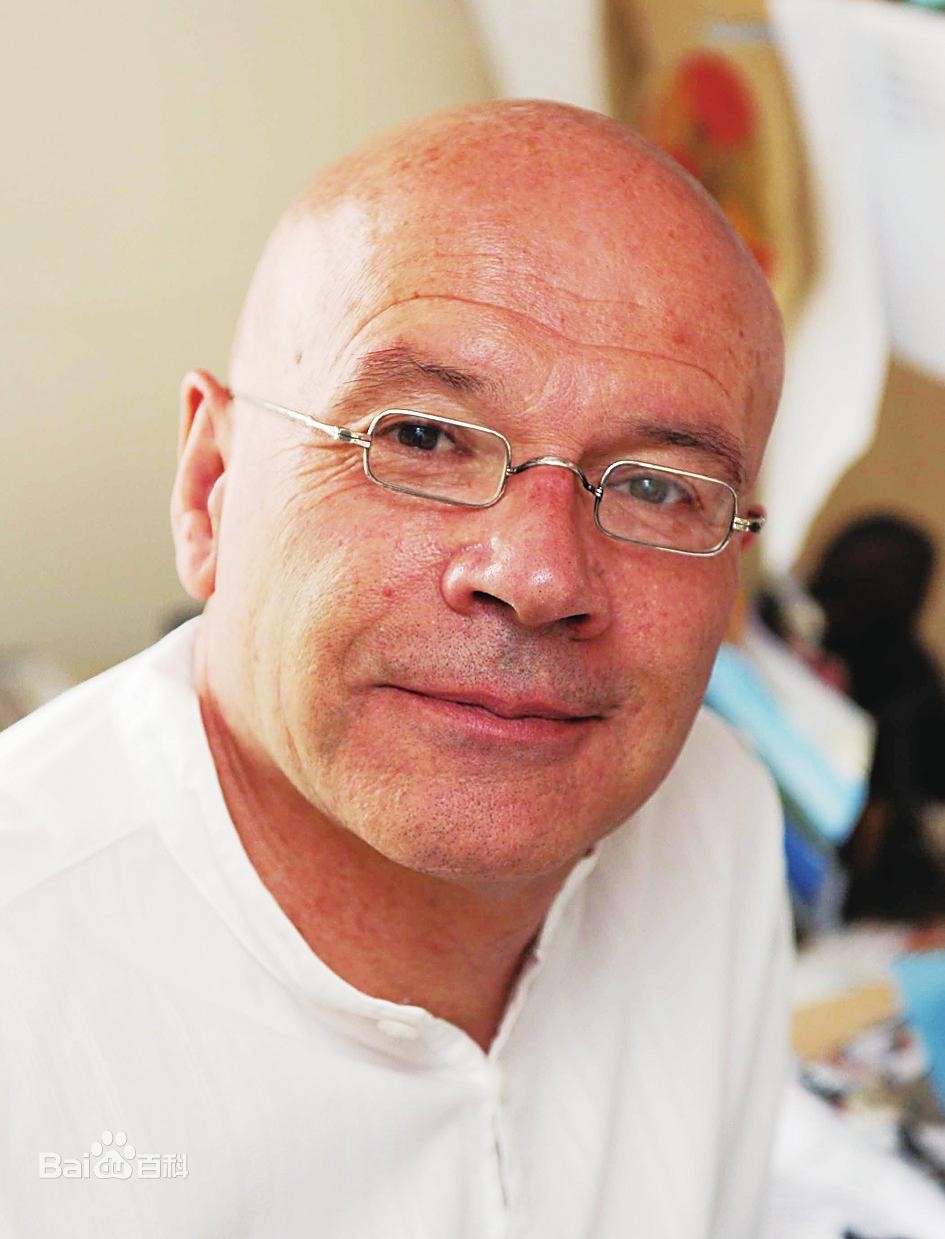



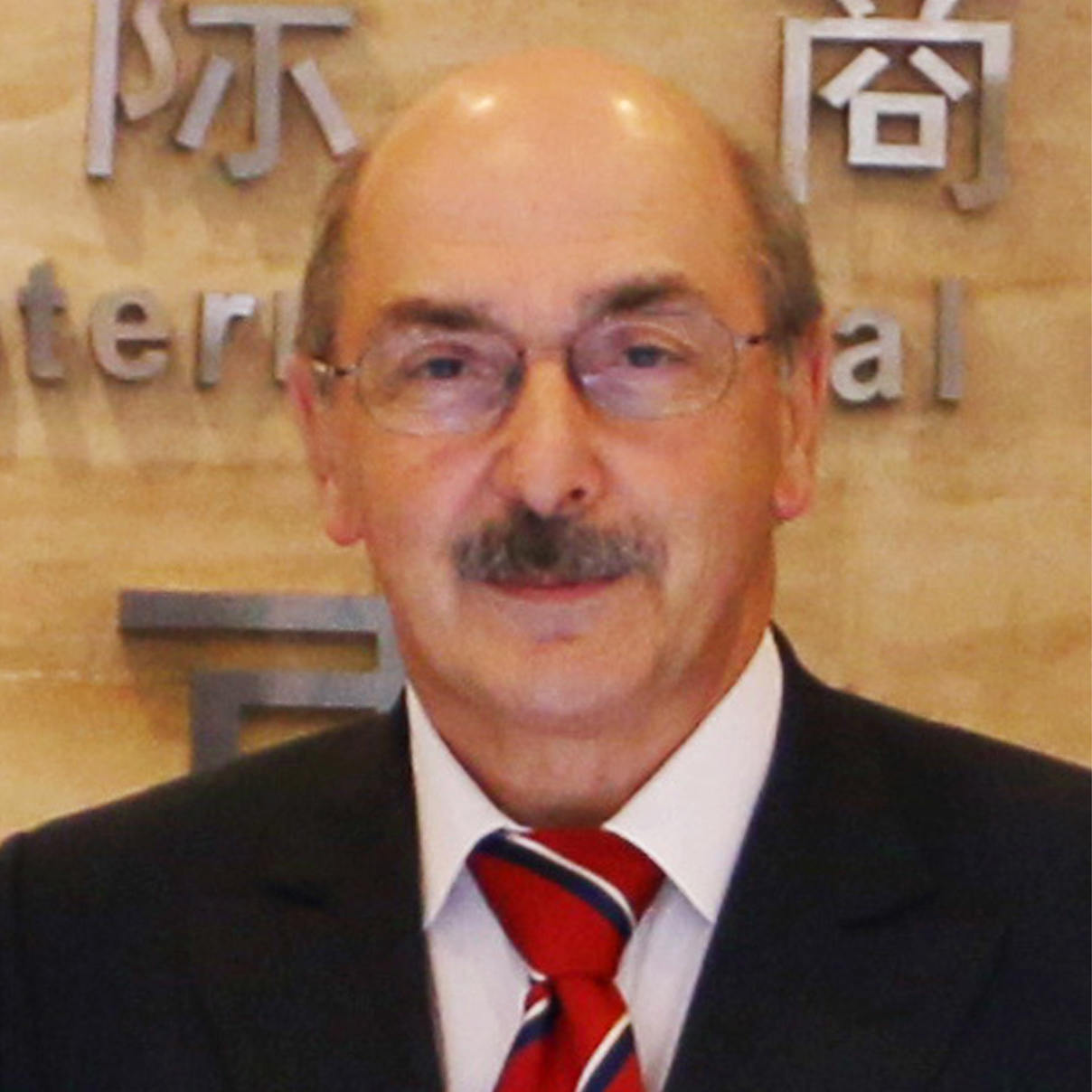


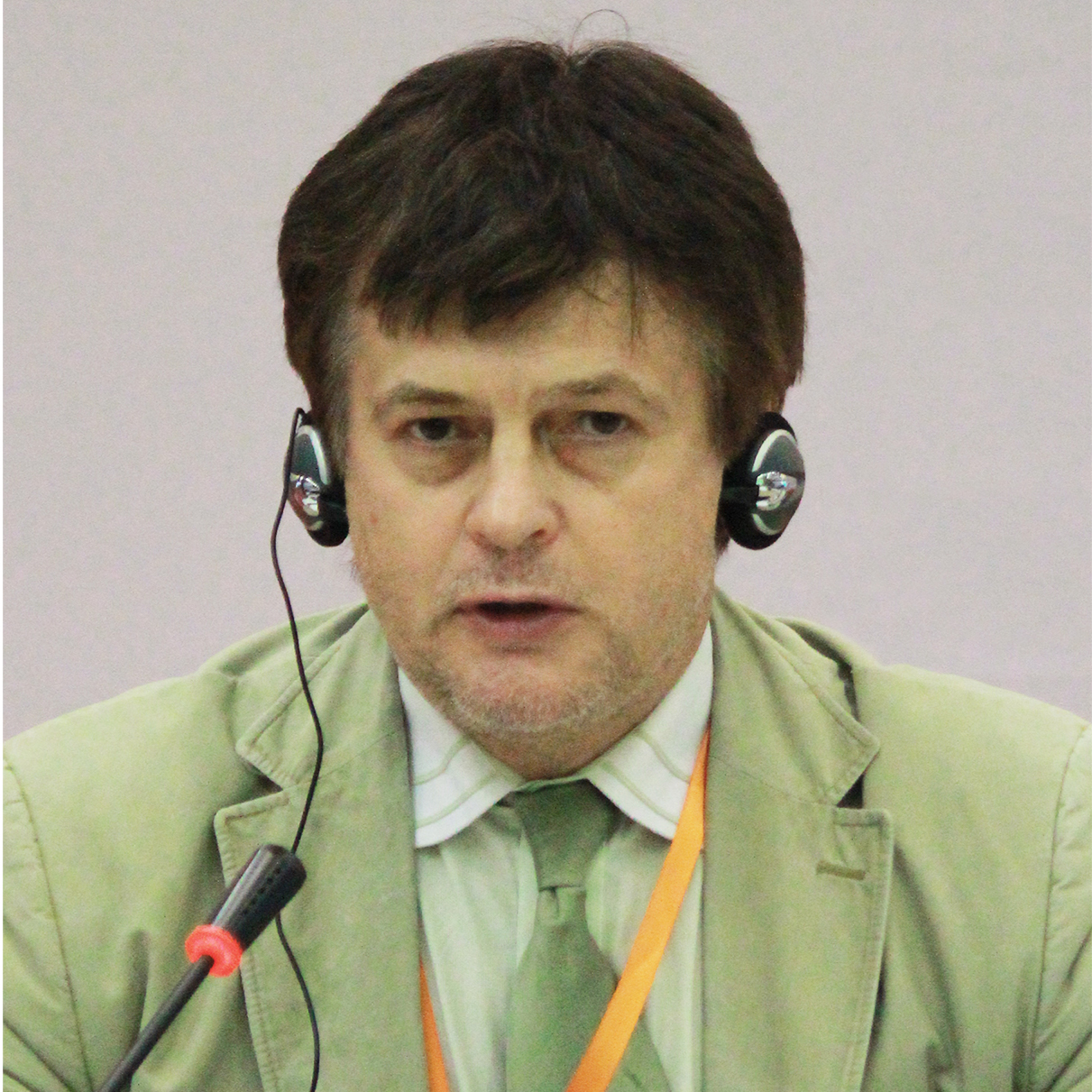




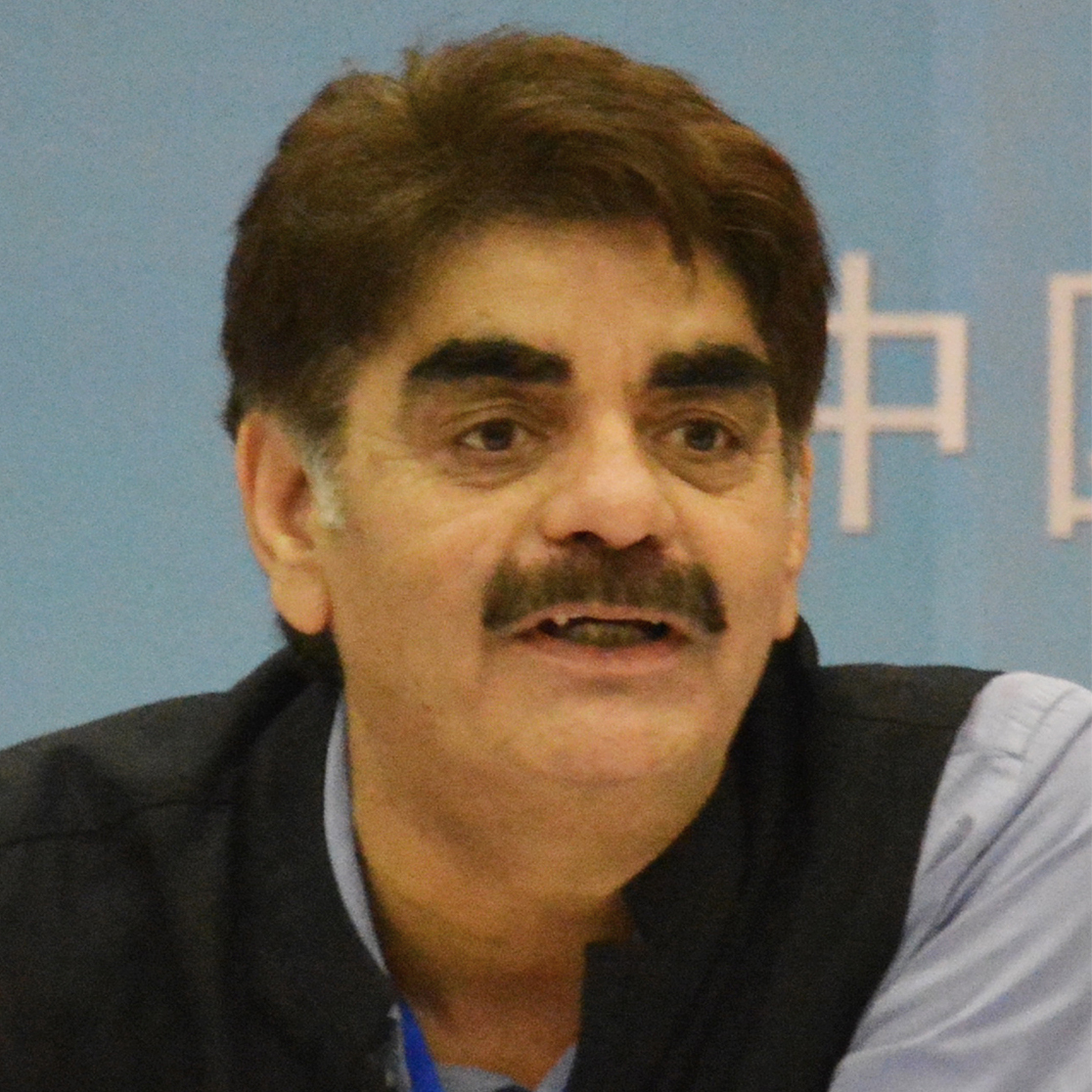
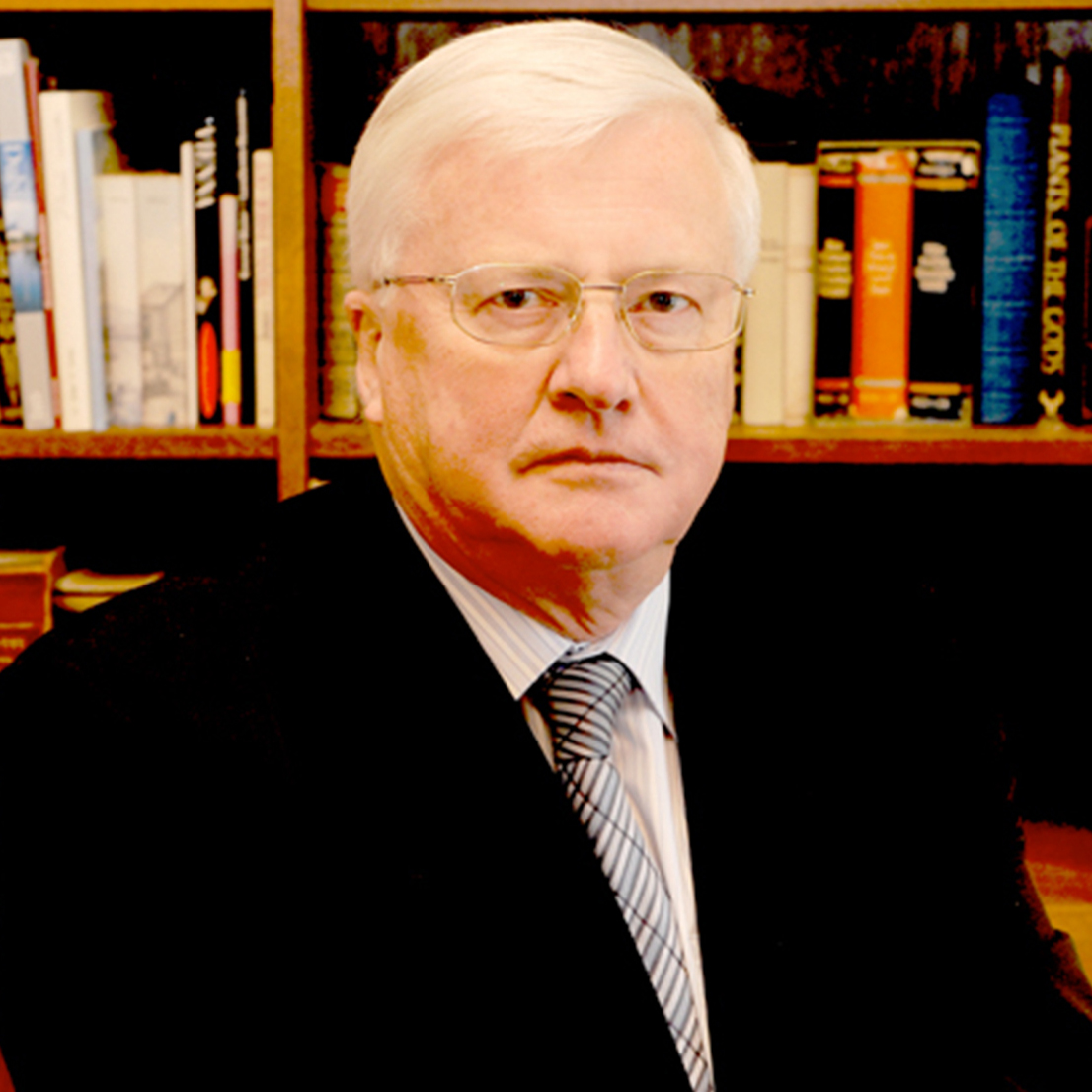
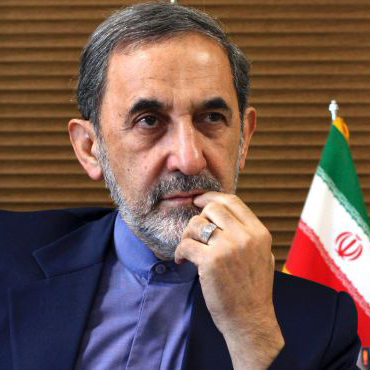

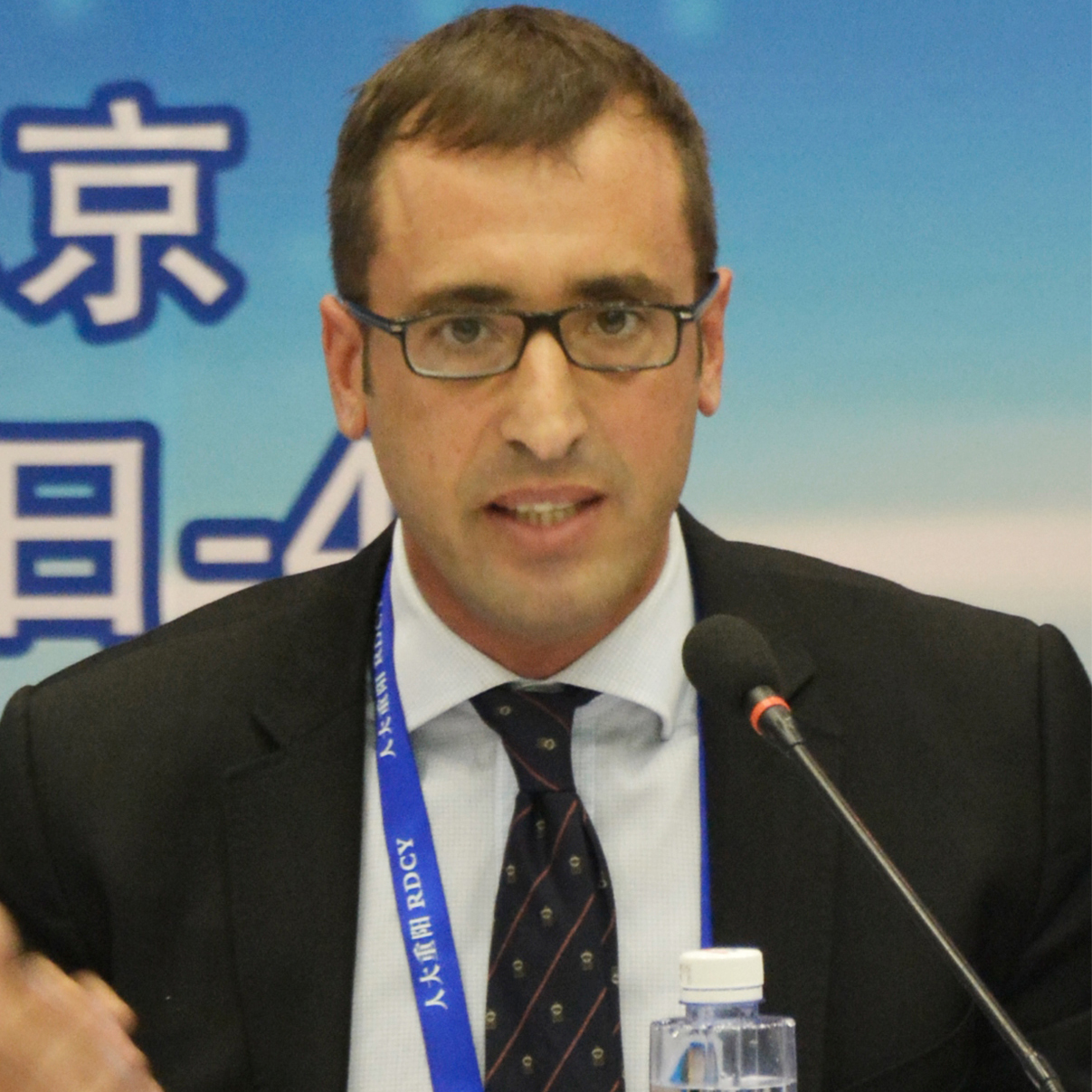
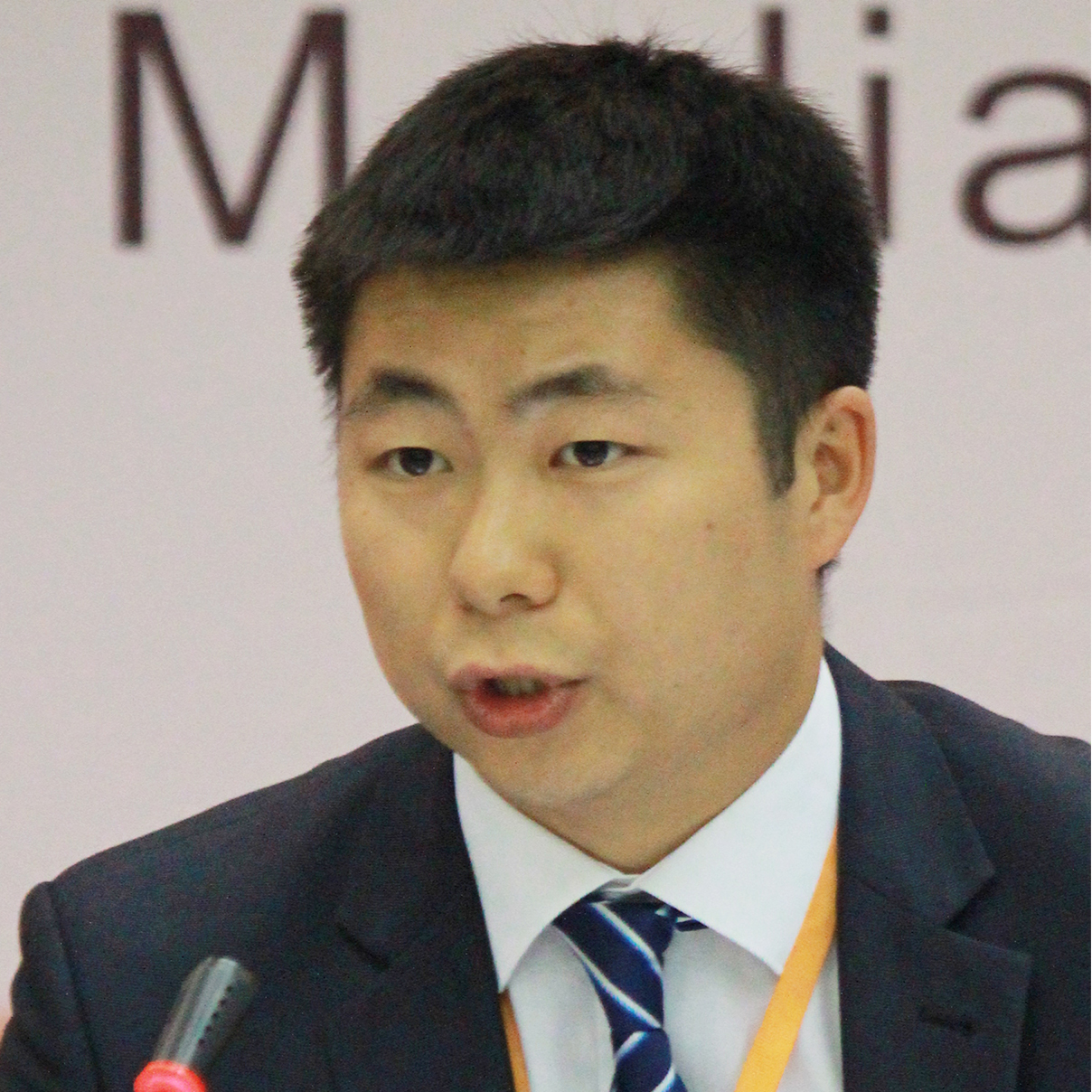
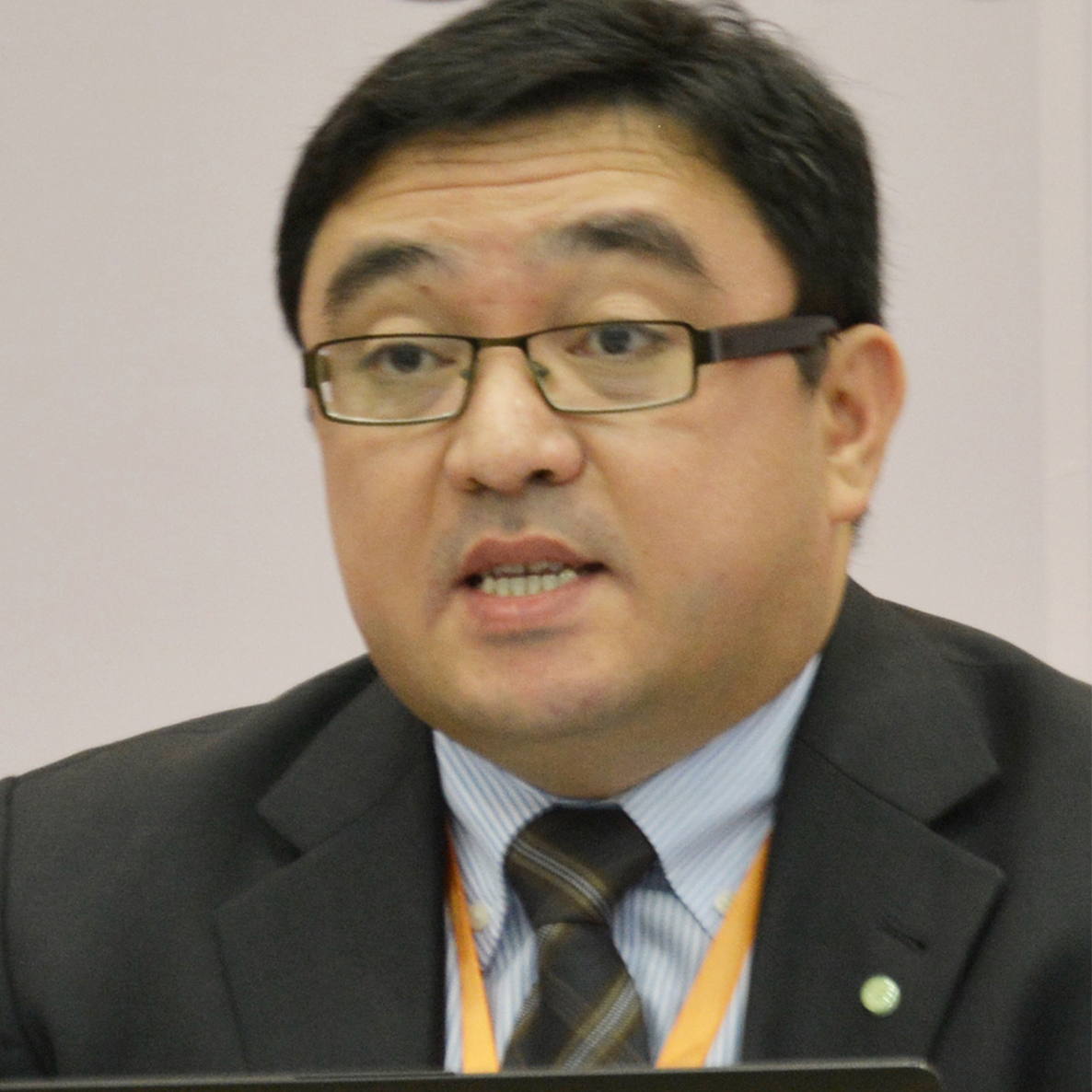
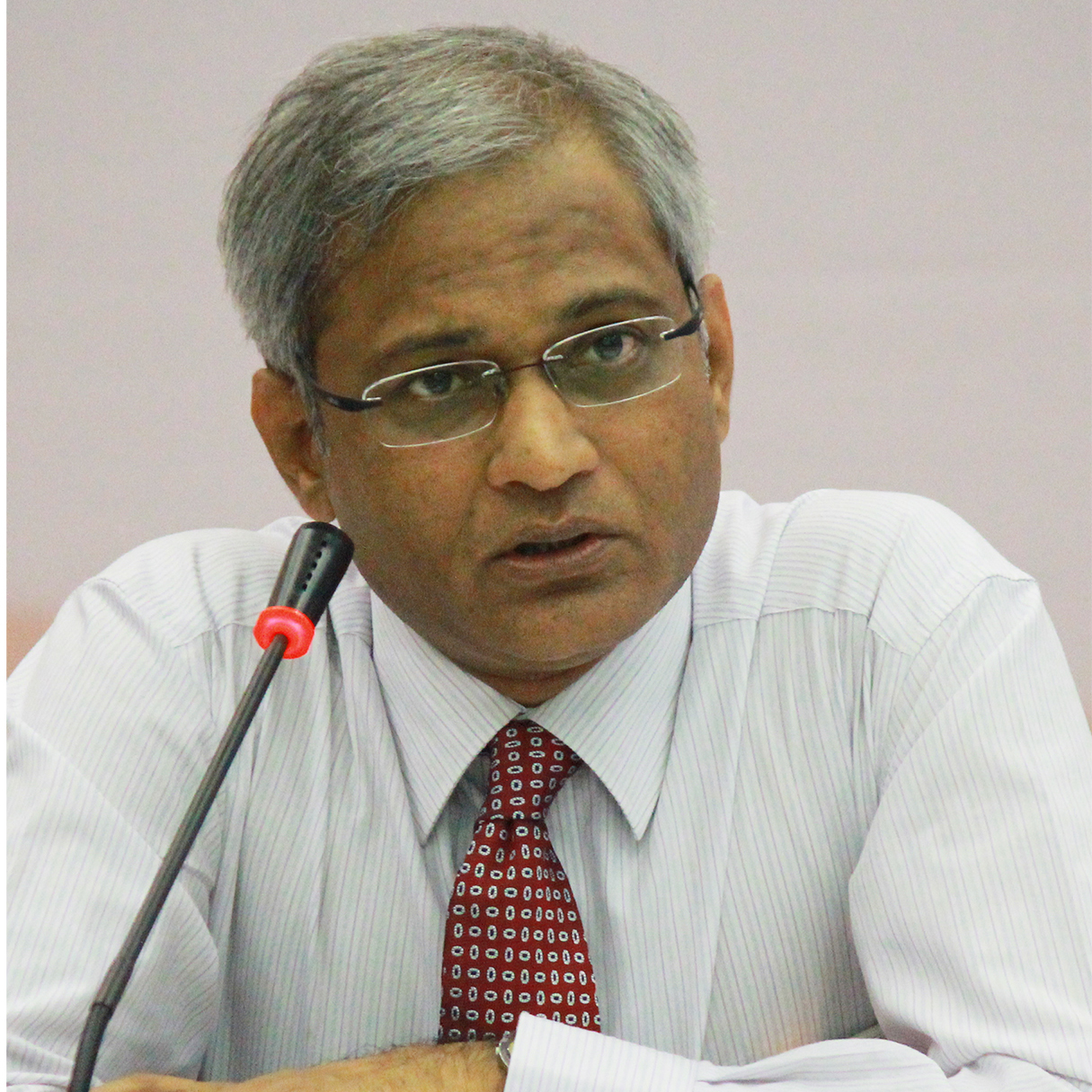










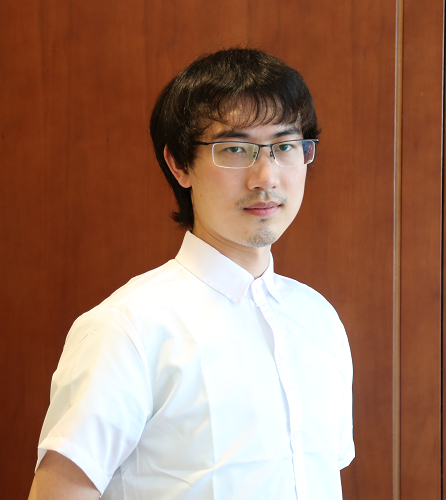



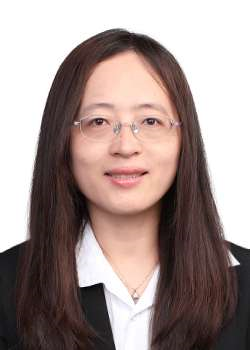

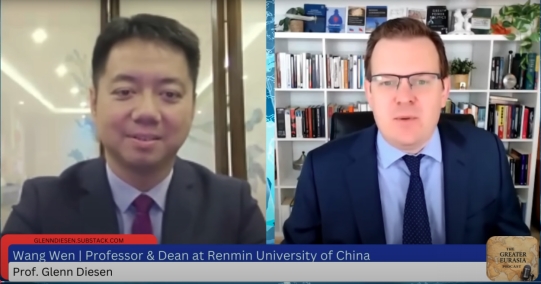
 京公网安备 11010802037854号
京公网安备 11010802037854号





